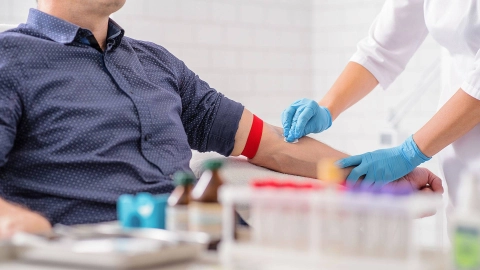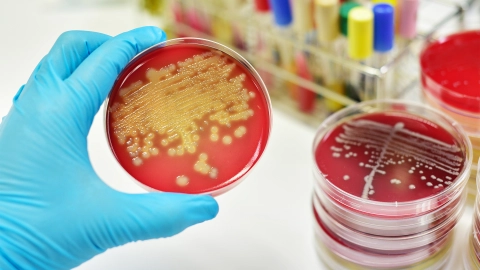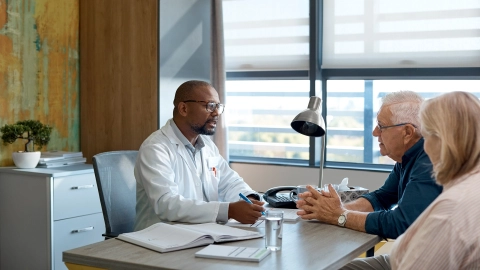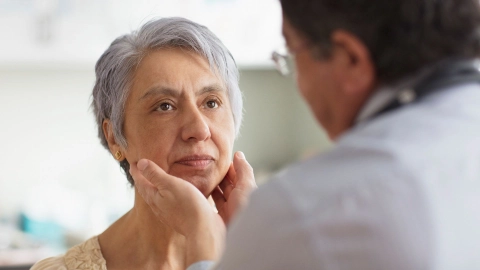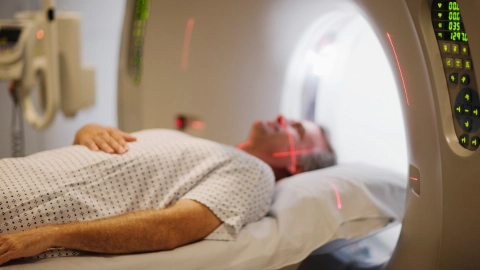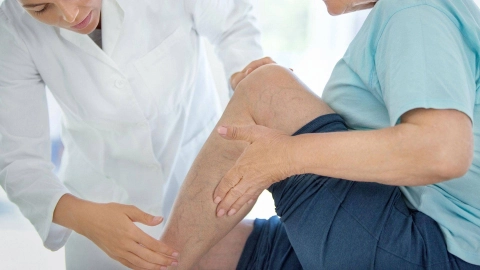The HIV virus infects immune cells and weakens the immune system. The serious illnesses caused by HIV are collectively known as AIDS.
Find out more
People with thrombophilia, or a tendency to form thromboses, are at an increased risk of developing blood clots. These can block blood vessels, which may be fatal. Blood clots require treatment.
Find out more
Arteriosclerosis occurs when deposits build up on artery walls, narrowing them. It is also known as vascular calcification. It causes many cardiovascular diseases.
Find out more
Anemia is a shortage of the red blood pigment hemoglobin. Possible causes include an iron deficiency and blood loss. Read on to find out more about causes, treatment, and prevention.
Find out more
Lymphedema occurs when the lymph fluid cannot drain away properly and builds up. It is often caused by a cancer or cancer treatment.
Find out more
Deep vein thrombosis occurs when a blood clot forms in the veins. The possible symptoms include tenderness, red skin or lower leg swelling.
Find out more
Bruising that occurs in the elderly without any major external impact is known as senile purpura. This article explains more about the risk factors and prevention options.
Find out more
Sepsis, also known as blood poisoning, is an uncontrolled inflammatory reaction of the body to infections. It needs to be treated very quickly in hospital.
Find out more
Chronic lymphocytic leukemia (CLL) is an “indolent” (slow-growing) form of lymphoma. In most cases there are no symptoms at the outset and it therefore is often detected by chance.
Find out more
Varicose veins are uneven bluish veins. For most people, they are a cosmetic problem, but they can also lead to complications.
Find out more
Acute lymphocytic leukemia is caused by uncontrolled reproduction of immature white blood cells in the body. This is a serious disease that requires immediate medical treatment.
Find out more
Acute myeloid leukemia is due to uncontrolled reproduction of immature blood cells in the bone marrow and body. It requires urgent treatment. Treatment in adults and children usually differs.
Find out more
Hodgkin’s lymphoma is rare. About 2,500 people get it every year. The majority of those affected can now be cured.
Find out more
Modern therapies have revolutionized the treatment of chronic myeloid leukemia (CML). This article provides more information about the condition and its treatment.
Find out more
Non-Hodgkin’s lymphoma is a collective term for about 30 different malignant lymphomas. The exact type of lymphoma determines its treatment.
Find out more
Listeriosis is a bacterial infection caused by consuming contaminated food. Most cases are mild. However, some people may become seriously ill and can even die from listeriosis.
Find out more
Varicose veins in the scrotum, also known as varicoceles, are not rare and can affect a man’s fertility.
Find out more
Hemophilia is a disease that causes problems with blood clotting. It makes the blood clot much more slowly than in healthy people. The more problems there are with clotting, the worse the symptoms.
Find out more
Multiple myeloma is a cancer that originates from plasma cells in the bone marrow. With modern therapies, multiple myeloma can usually be effectively treated.
Find out more
Clotting (coagulation) disorders are characterized by excessive bleeding, but sometimes also a heightened risk of blood clots. Various forms of medication are used to treat more pronounced disorders.
Find out more
People with PAD have restricted blood vessels in their legs or, in rarer cases, their arms. A typical symptom is pain when walking, which subsides again when resting.
Find out more
Vitamin B is a group of eight vitamins, the most important of which are B1, B6, B9 (folate) and B12. Eating a balanced diet prevents a deficiency in these vitamins.
Find out more
Phlebitis expresses itself as a painful, thickened blood vessel. The skin above the vessel is red. The symptoms disappear quickly again with appropriate treatment.
Find out more







